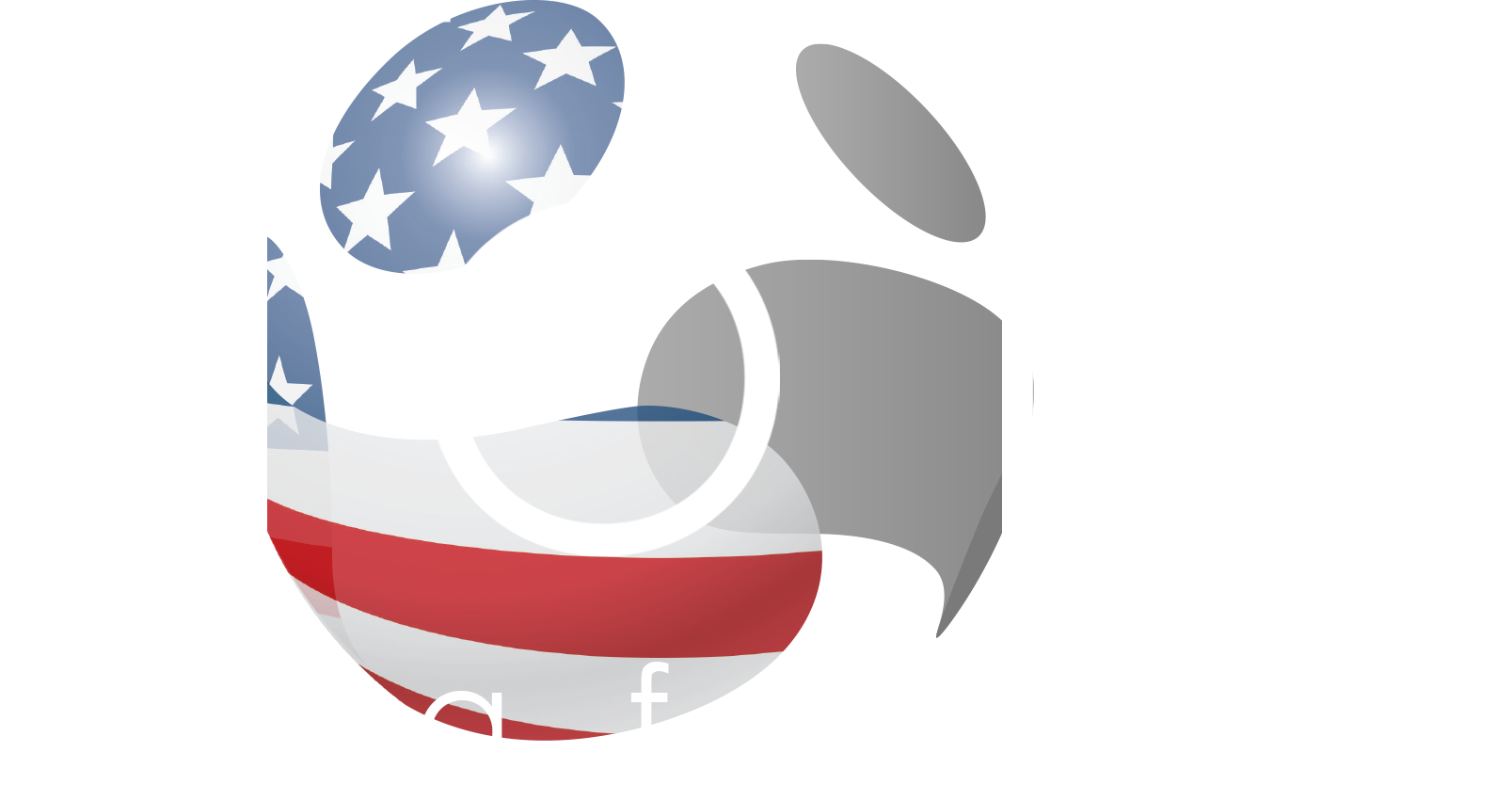In the traditionally male-dominated world of the American automotive industry, the importance of diversity, equity, inclusion, and belonging (DEIB) cannot be overstated. As society evolves, the industry must embrace a more inclusive approach that celebrates the unique contributions of all individuals. In this paradigm shift, women are not just welcome – they are indispensable.
Gone are the days when the automotive sector was solely the domain of men. Today, women are making their mark across every facet of the industry, from design and engineering to manufacturing, sales, and leadership roles. In our rapidly changing world, the old way of thinking simply isn’t good enough anymore. Diversity isn’t just a buzzword – it’s a business imperative. Research consistently shows that diverse teams outperform their homogeneous counterparts, bringing a broader range of perspectives, ideas, and experiences to the table. By overcoming bias and embracing women in this traditionally male-dominated environment, automotive companies can tap into new markets, better understand their customers, and create products and services that resonate with a diverse global audience.
Women bring a unique set of skills and perspectives to the automotive sector. In the US, there are 1.4 million more women licensed to drive than men. Additionally, women tend to purchase more new cars than used ones, with 62% of new cars in the country being bought by women, and more than 80% of car purchasing decisions made by women. These statistics present legitimate business-savvy reasons to increase the representation of women in the automotive workforce beyond mere diversity checkboxes. If not addressed, deep-rooted bias may be more pervasive than we realize. As Camilla Ellerton, consumer marketing director for AutoTrader, aptly puts it: “Forget, for one moment, the sexism. It’s just financially bizarre and isn’t replicated in any other industry today.”
In addition to these glaring incentives, research indicates that companies with more gender-diverse leadership teams are more likely to outperform their competitors. Findings by EY and The Peterson Institute for International Economics continually show the business case for change, indicating that organizations with 30% female leaders could add up to 6 percentage points to their net margin. Aswell, businesses with women at the top are worth on average $40 million more than those without, with equality for women in the labor force predicted to add $28 trillion to the global economy by 2025. Bottom line — organizations with greater gender diversity are shown to perform better economically.
But beyond the bottom line, the presence of women in the automotive industry sends a powerful message – that opportunities are open to all, regardless of gender. By challenging stereotypes, women pave the way for future generations of female leaders, inspiring young girls to pursue careers in STEM fields and empowering them to dream big and aim high.
Public pledges of diversity and equality have been bounced from boardrooms to the media in recent years, but are they enough? Women should not be seen as mere checkboxes for HR quotas. True inclusion involves creating a workplace where every individual feels valued, respected, and empowered to contribute their best. This requires breaking down barriers, challenging stereotypes, and fostering an environment where all employees can thrive. The hard work doesn’t stop there. Sustaining a female workforce at that level will be challenging unless inclusion becomes the norm in the workplace and any biased behaviors are stamped out.
The importance of women in the automotive industry cannot be overstated. Their contributions drive innovation, foster creativity, and propel companies towards greater success. By embracing DEIB, automotive companies can create a workplace where everyone feels valued, respected, and empowered to succeed. If you’d like to discuss your attraction and retention strategies for women in your organization, get in touch, and one of our team would love to help.
< back to other articles